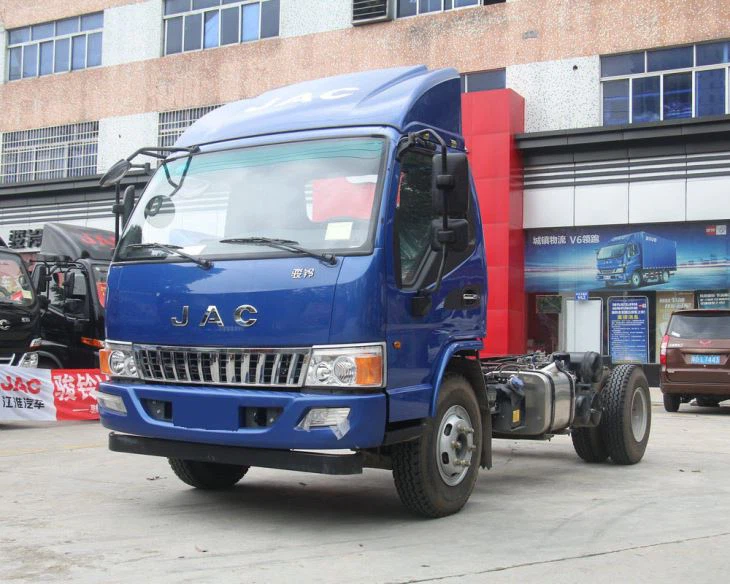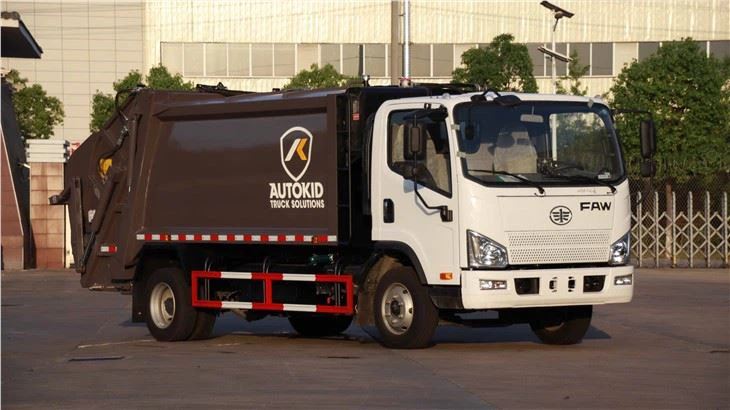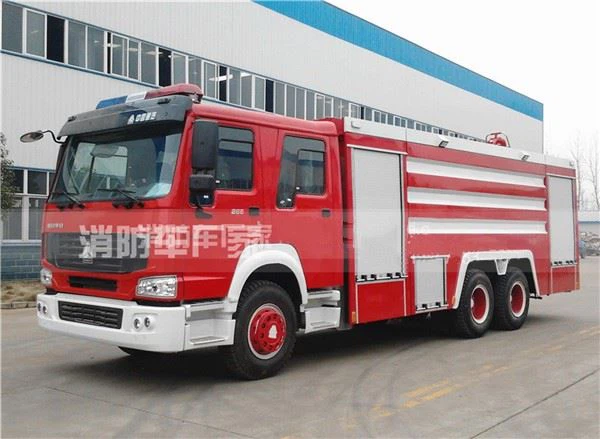When it comes to agriculture, construction, and landscaping, the right machinery makes all the difference. One such vital piece of equipment is the Sowell tractor. Whether you are a farmer looking to boost your productivity or a landscaper in need of reliable machinery, understanding how to choose, use, and maintain a Sowell tractor can save you time and money. This article serves as a comprehensive guide, covering everything you need to know about Sowell tractors.
Table of Contents

- What is Sowell Tractor?
- Types of Sowell Tractors
- Features and Specifications
- How to Choose a Sowell Tractor
- Using a Sowell Tractor Effectively
- Maintaining Your Sowell Tractor
- Common Issues and Solutions
- Sowell Tractor Attachments
- Sowell Tractor in Action
- Frequently Asked Questions
What is Sowell Tractor?
The Sowell tractor is a versatile piece of machinery widely used in farming, landscaping, and construction. Made with durability, reliability, and power in mind, these tractors are designed to handle various tasks efficiently. They come in different models catering to various needs—ranging from compact tractors for small farms to larger models meant for heavy-duty work.
Types of Sowell Tractors
Sowell offers a variety of tractors tailored to meet the diverse needs of users. Below are some of the key types:
Compact Tractors
These tractors are perfect for small farms and residential use. They feature smaller frames but pack enough power for tasks such as mowing lawns, tilling gardens, and snow removal.
Utility Tractors
Utility tractors are designed for general farming and maintenance tasks. They are more powerful than compact tractors, making them suitable for larger tasks like hauling and plowing.
Row Crop Tractors
These tractors are built for specialized farming tasks, particularly row crop farming. They have adjustable wheel widths and are equipped with advanced farming technology.
Four-Wheel Drive Tractors
These models provide superior traction and stability, making them ideal for rugged terrains. They are commonly used in challenging agricultural environments.
Features and Specifications
Sowell tractors come loaded with features that enhance their efficiency and usability. Here are some common specifications:
| Feature | Description |
|---|---|
| Engine Power | Available from 20 HP to 150 HP depending on the model. |
| Hydraulic System | Hydraulic systems rated from 1500 lbs to 3000 lbs lift capacity. |
| Transmission | Options include manual, power-shift, and hydrostatic. |
| Cab Options | Available with open station or fully enclosed cabs for comfort. |
| Attachments | Compatible with a variety of attachments such as loaders, tillers, and plows. |
How to Choose a Sowell Tractor
Selecting the right Sowell tractor requires consideration of various factors. Here are some key points to guide your decision:
1. Assess Your Needs
Identify the primary tasks you need the tractor for. Are you primarily mowing, plowing, or hauling? Your needs will determine the necessary horsepower and size.
2. Consider Your Budget
Pricing for Sowell tractors can vary significantly. Establish a budget before you start exploring different options.
3. Evaluate Maintenance Costs
Consider long-term maintenance costs, including parts and service. Research the availability of local dealerships or service centers.
4. Test Drive
Whenever possible, test drive different models. This will give you a feel for handling and comfort.
5. Ask for Recommendations
Consult with fellow farmers or landscapers to get their insights and experiences with specific Sowell models.
Using a Sowell Tractor Effectively
Once you have chosen the right tractor, understanding how to use it effectively will maximize its potential.
1. Familiarize Yourself with Controls
Before operating the tractor, take time to familiarize yourself with the controls. Know where the brakes, throttle, and gear levers are located.
2. Safety First
Always wear appropriate safety gear, including gloves and boots. Ensure that your tractor is equipped with safety features such as roll bars and seat belts.
3. Regular Inspection
Before each use, perform a basic inspection. Check the fluid levels, tire pressure, and overall condition of the tractor.
4. Use the Right Attachment
Using the correct attachments for the job helps achieve better results. Make sure attachments are properly connected and adjusted.
Maintaining Your Sowell Tractor
Regular maintenance is crucial to keeping your Sowell tractor in optimal working condition. Here are some essential maintenance tips:
1. Oil Changes

Change the engine oil and filter regularly as suggested in the user manual to ensure smooth operation.
2. Clean Air Filter
Inspect and clean the air filter regularly to maintain optimal engine performance.
3. Tire Maintenance
Check the tire pressures frequently and inspect for wear and tear. Proper tire maintenance improves traction and fuel efficiency.
4. Battery Care
Keep the battery terminals clean and ensure the battery is securely in place. Check the battery regularly for any corrosion.
Common Issues and Solutions
Understanding common problems can help you troubleshoot issues promptly. Here are some frequent issues along with their solutions:
1. Engine Not Starting
Check the battery and fuel levels; ensure the fuel supply is functional. If the issue persists, consult a mechanic.
2. Hydrostatic Issues
If the hydrostatic transmission is acting up, check the fluid levels and look for any leaks or hose damage.

3. Overheating
If the tractor overheats, inspect the cooling system and ensure the coolant levels are adequate.
Sowell Tractor Attachments
Choosing the right attachments enhances the functionality of your Sowell tractor. Here are some popular attachments:
1. Front Loaders
Perfect for lifting and moving materials like soil, gravel, or hay bales.
2. Plows
Essential for breaking ground and preparing fields for planting.
3. Mowers
Used for maintaining lawns, fields, and other grassy areas.
4. Rakes and Tedders
Valuable for hay production by improving the drying of hay before baling.
Sowell Tractor in Action
The versatility of Sowell tractors can be seen in various settings. Here are some practical examples:
1. Agricultural Use
Farmers utilize Sowell tractors during planting, harvesting, and general farm maintenance. Their adaptability makes them suitable for diverse farming strategies.
2. Landscape Maintenance
Landscapers depend on Sowell tractors for grading, mowing, and hauling materials. The combination of power and maneuverability makes them ideal for small to medium landscaping projects.
3. Construction Sites
Contractors use Sowell tractors for moving materials and light construction tasks. They are particularly useful in limited-access areas.
Frequently Asked Questions
1. How much does a Sowell tractor cost?
The price of a Sowell tractor can vary widely based on the model and features but generally ranges from $15,000 to $50,000.
2. Can I use a Sowell tractor for snow removal?
Yes, with the appropriate attachments such as snow plows or blowers, Sowell tractors can effectively handle snow removal tasks.
3. What type of maintenance is required for Sowell tractors?
Regular oil changes, air filter cleaning, tire checks, and battery maintenance are critical for optimal performance.
4. Are Sowell tractors fuel-efficient?
Sowell tractors are generally designed with fuel efficiency in mind, with many models incorporating advanced technology to reduce fuel consumption.
5. Where can I purchase parts for Sowell tractors?
Parts can be purchased through authorized Sowell dealers, online marketplaces, or specialty agricultural stores.
6. Do Sowell tractors come with a warranty?
Yes, Sowell tractors typically come with warranties. The specifics may vary based on the model and dealership policies.